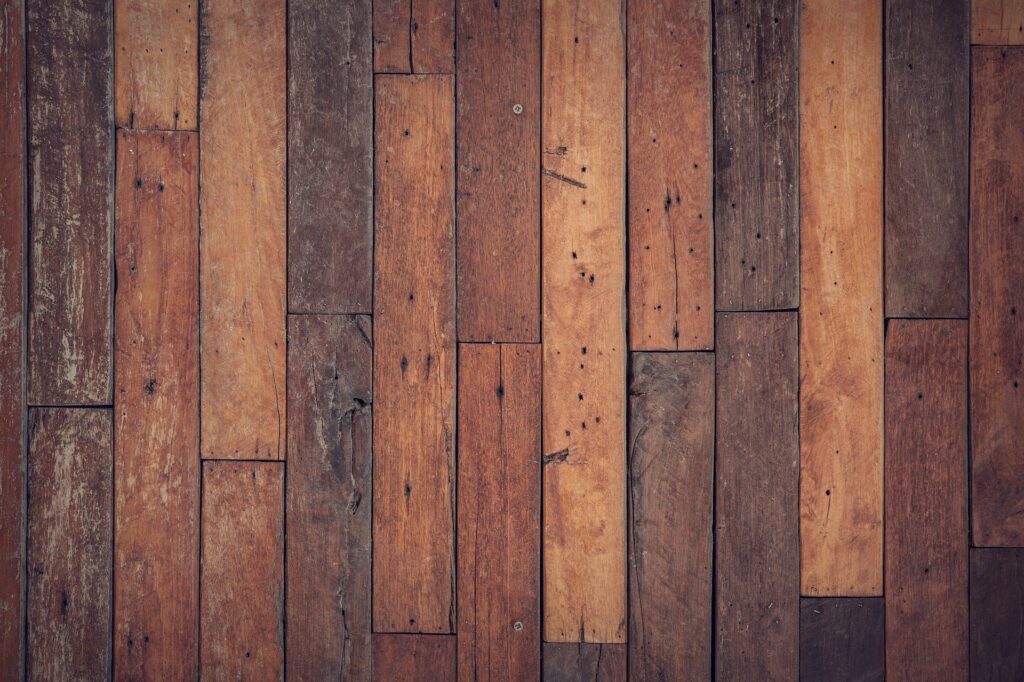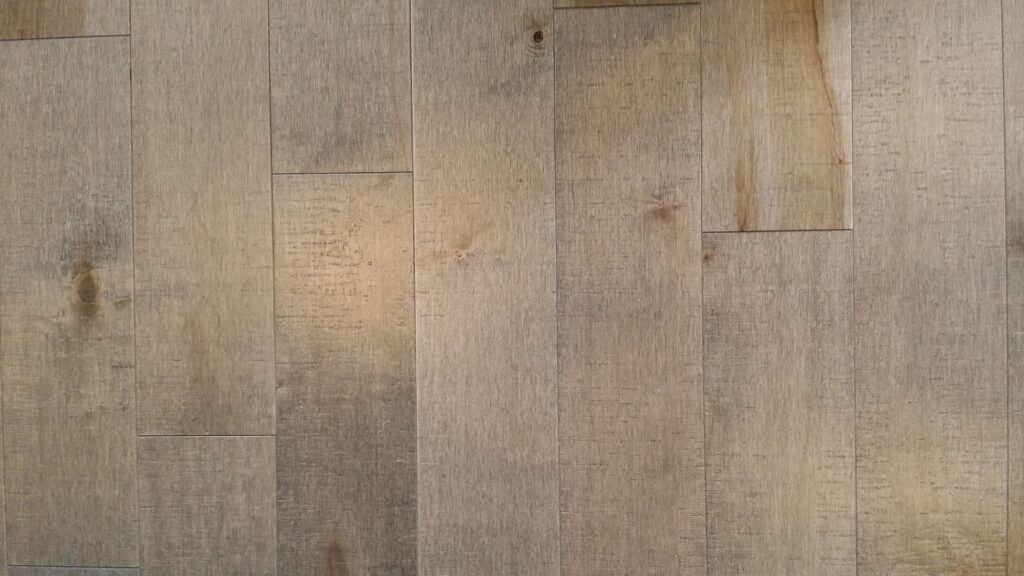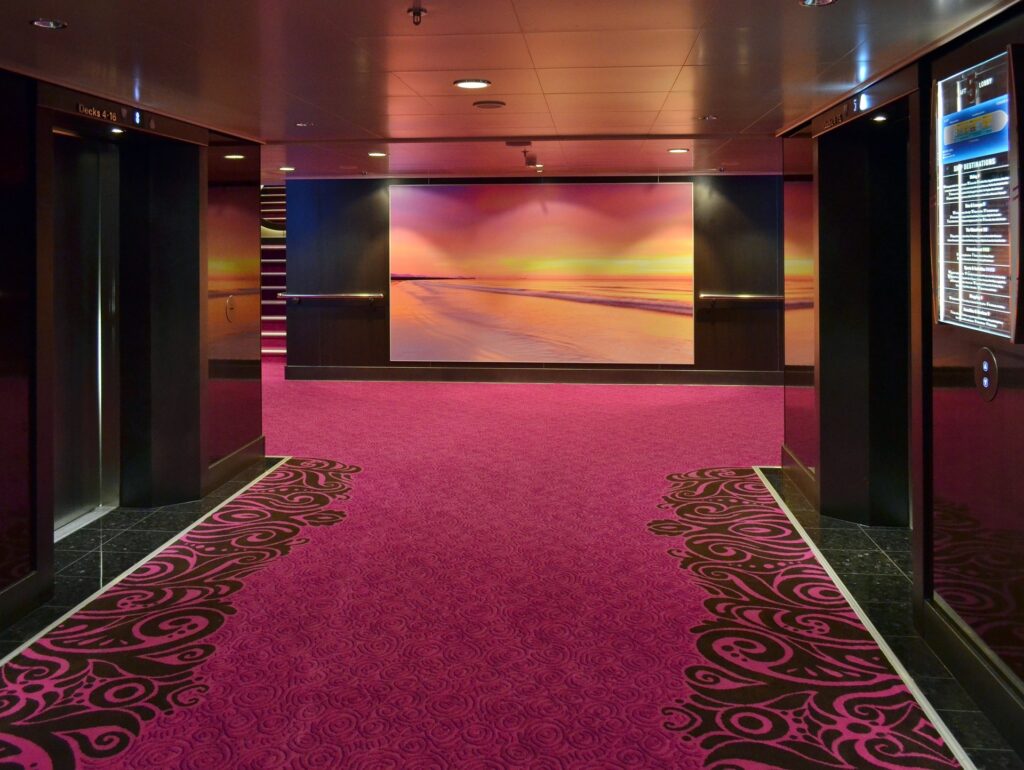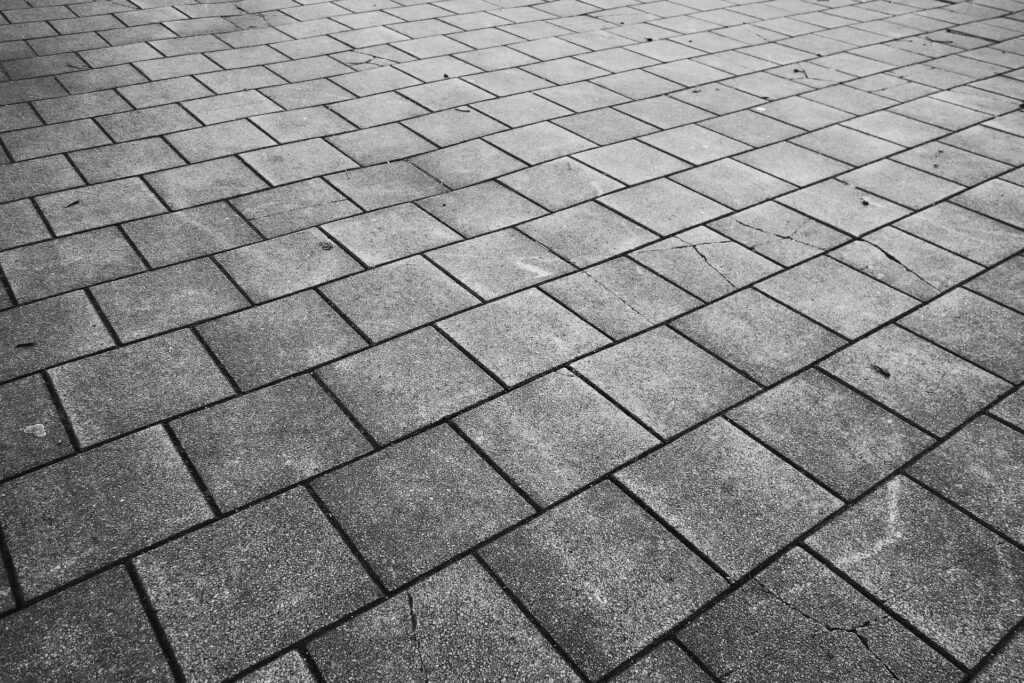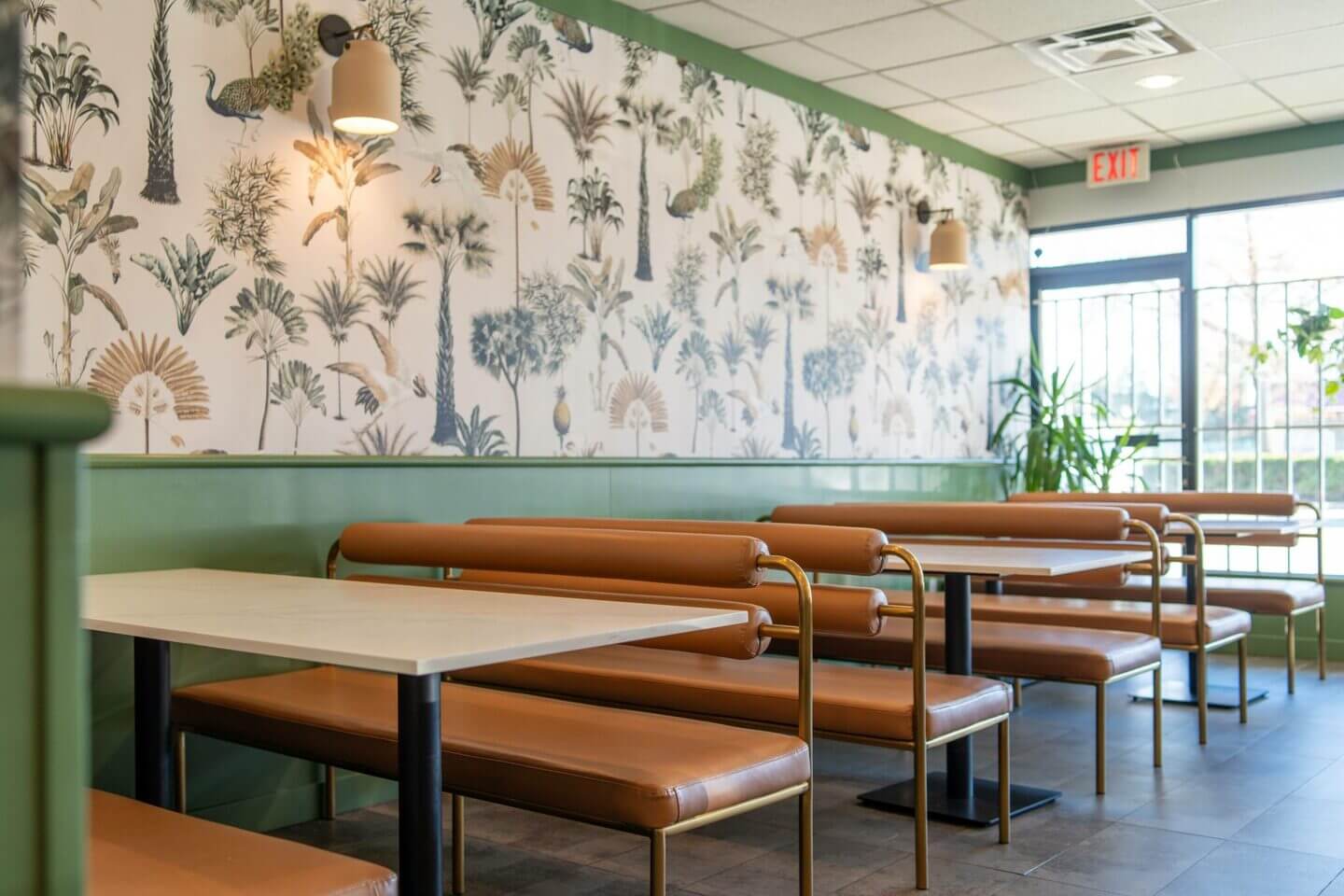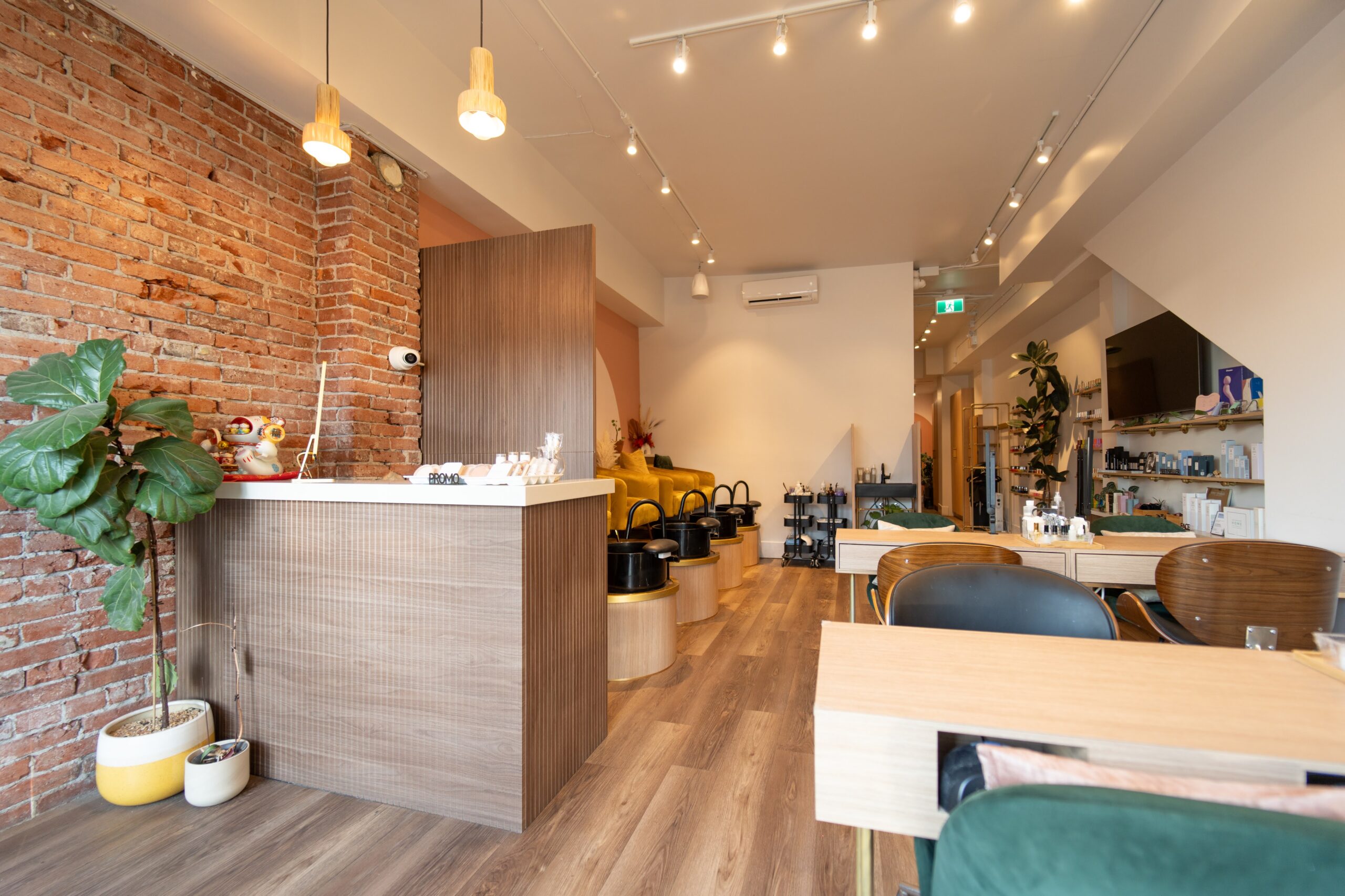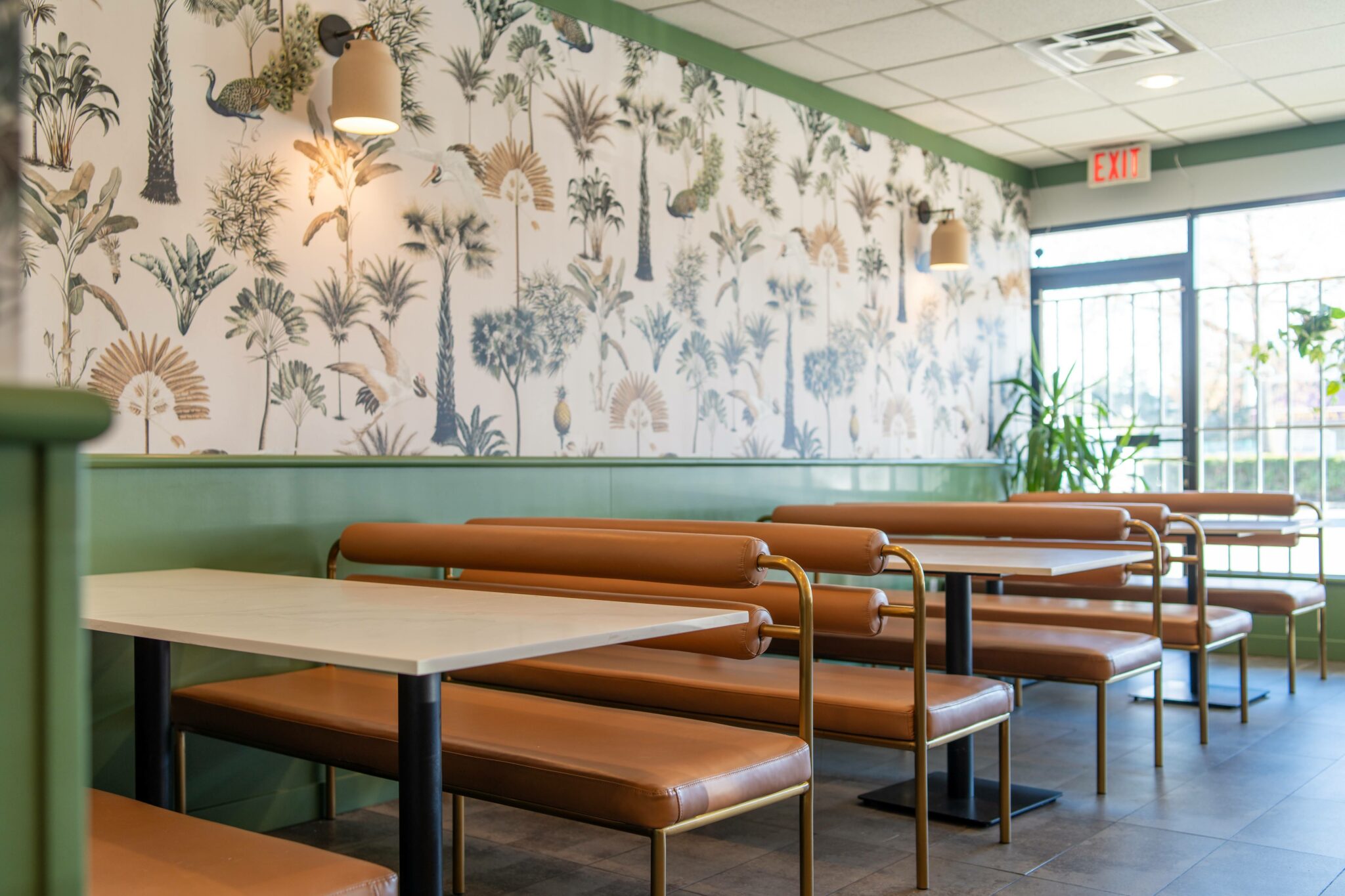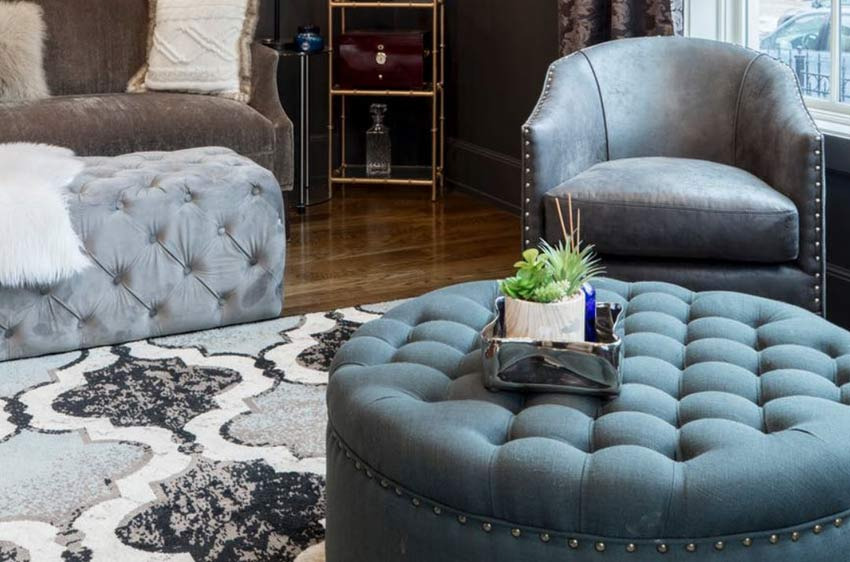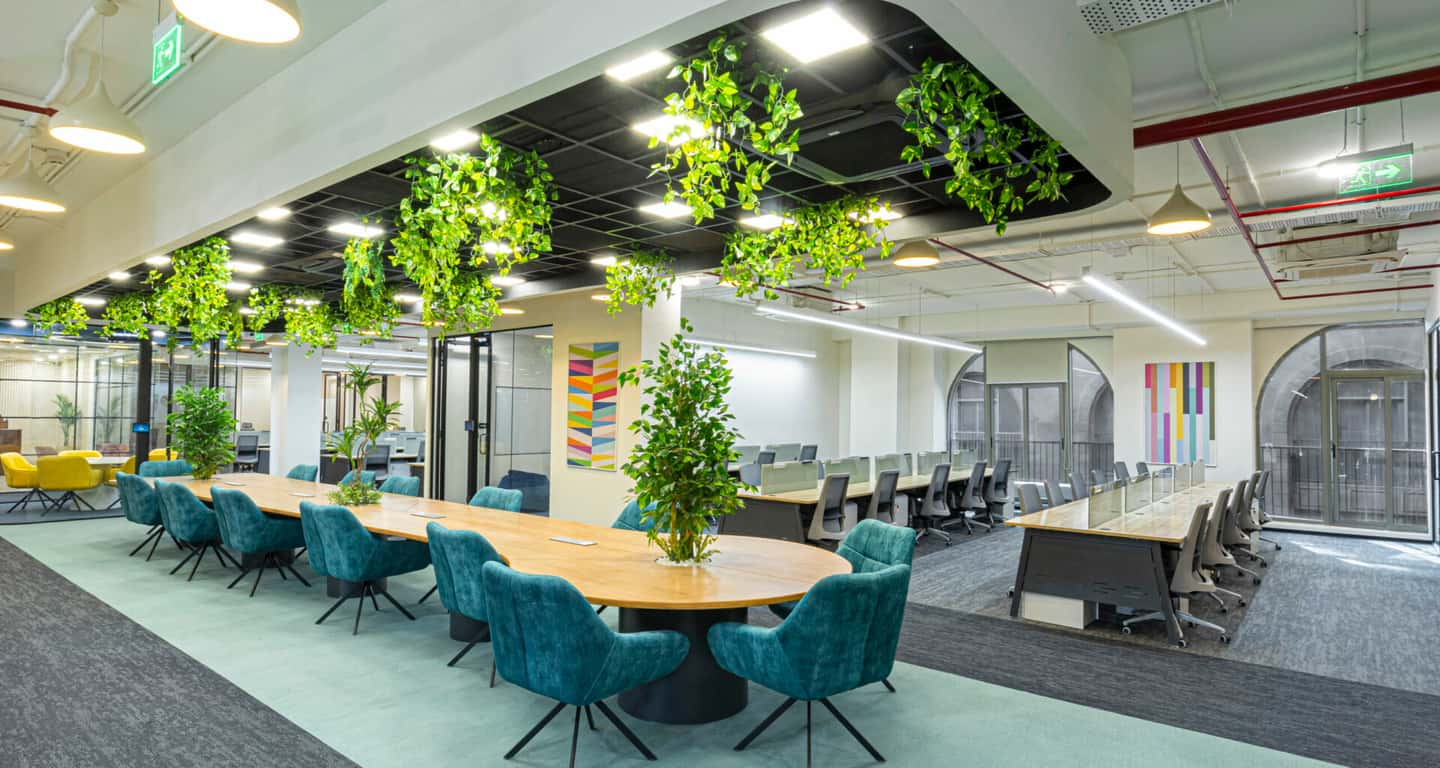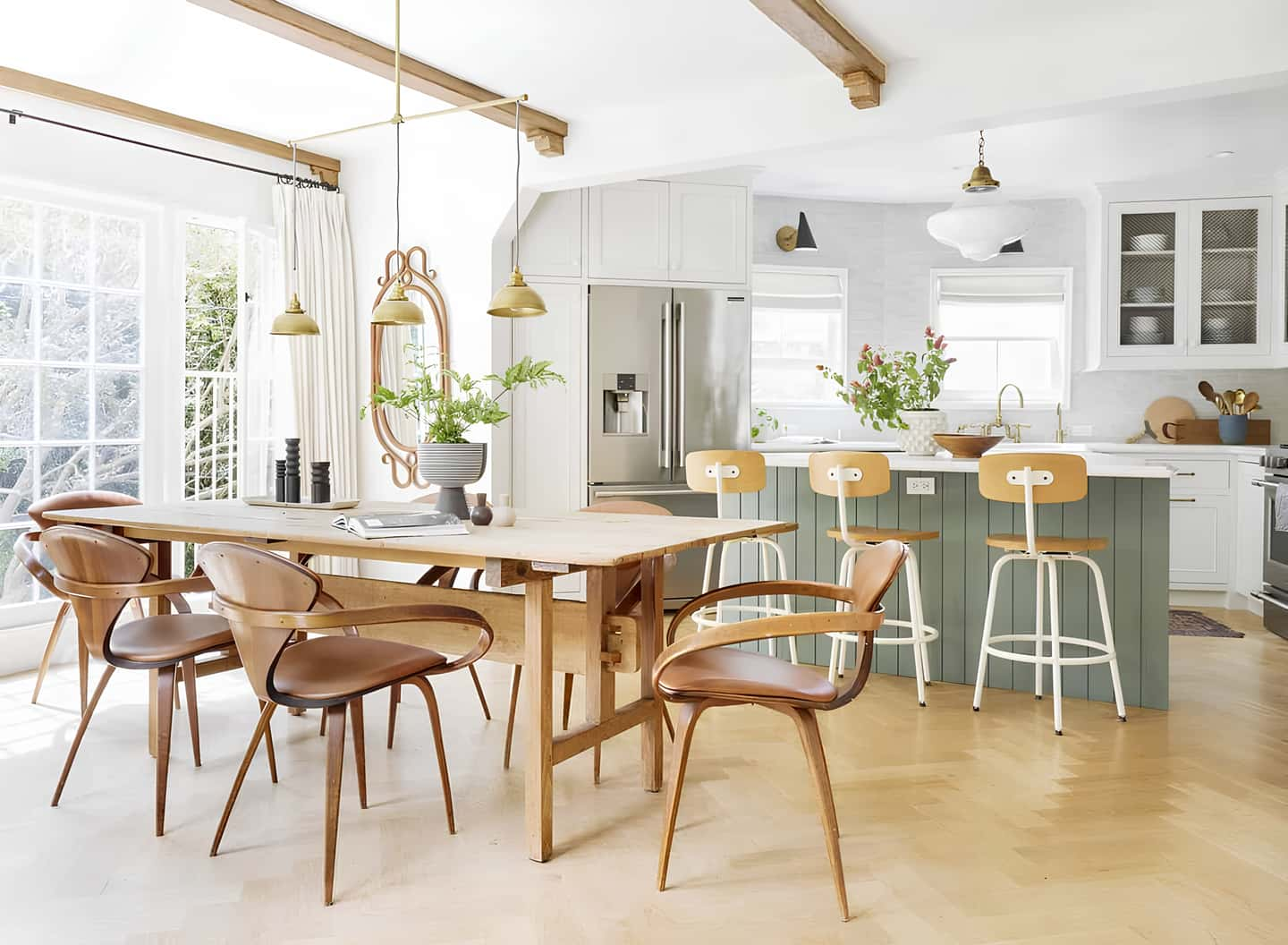One of the most important things I do as an interior designer is choose the right flooring for each room. As the base of the room, the flooring affects the style, longevity, comfort, and usefulness of the whole thing. It can be hard to pick the right material for each job when there are so many to choose from. This piece is about the different types of flooring and materials I think about when I’m designing rooms inside.
Hardwood flooring
Hardwood is a standard choice that will never go out of style. It makes a home warmer, more beautiful, and more valuable. It comes in many species, colors, and finishes, so it can be used in any style of design, from classic to modern. One great thing about oak is that it lasts a long time. Properly cared for, solid wooden floors can last for generations. Plus, you can sand and refinish them multiple times, allowing you to update their look without replacing them entirely.
On the other hand, wooden is one of the more expensive floor choices. In addition, it can get scratched and dented, and its size can change when the atmosphere changes. These are the main reasons why I usually suggest engineered hardwood for damp places like basements or bathrooms.
When I choose woods, I think about the style I want to achieve as a whole. For a barn-style look, I might pick a wood species like pine that has big knots and grains. For a sleek, modern look, I like darker woods with longer planks and grain patterns that are harder to see.
Tile Flooring
Tile is another durable and flexible flooring choice that looks good in many places. It comes in a huge range of colors, patterns, shapes, and sizes, from simple square ceramic tiles to large porcelain planks that look like wood or stone. Tile is great because it doesn’t get damaged by water, so it’s a great choice for bathrooms, kitchens, laundry rooms, and other wet places. It’s also very hard to stain or scratch and easy to clean and keep.
One problem is that tile can be cold and hard on the feet, which might not be good for long periods of standing. Walking on it can be loud, and if it’s not put down right, it can crack. For a perfect fit and to keep water out of the joints, it’s best to have a professional do the fitting.
When I choose tile, I think about both the overall style of the room and its unique needs. For a bathroom, I might use large-format ceramic tiles on the main floor and slip-resistant mosaic tiles for the shower floor to make the room feel like a spa. I love the look of a classic subway tile backsplash in the kitchen with ceramic floor tiles that last a long time and are easy to clean.
Luxury Vinyl Plank (LVP) Flooring
Luxury vinyl plank (LVP) flooring has become more common as an affordable and easy-to-care-for alternative to hardwood. Many layers of vinyl make it up and a high-resolution picture layer that looks like stone, wood, or tile tops it.
One great thing about LVP is that it lasts a long time. It doesn’t scratch, dent, or damage easily, which makes it a great choice for places with a lot of foot traffic or pets or kids. It doesn’t get damaged by water and is simple to clean—all you have to do is sweep and mop it regularly.
One more good thing about LVP is that it is less expensive than hardwood or tile. Workers can put down many of the choices in click-lock or loose-lay formats on top of existing floors because it’s also easier.
LVP might not last as long as hardwood or tile, though, and it can’t be fixed if the wear layer gets broken. Also, it might not be worth as much when you go to sell it as real hardwood floors.
When I choose LVP, I look for choices that have a thick wear layer to make them last longer and give the impression of real wood or stone. It’s also important to me that the color and pattern I choose go with the general style of the room.
Carpet Flooring
The soft and cozy feel of carpet makes any room feel warmer and cozier. It comes in a lot of different colors, patterns, and pile heights, from soft and fluffy to short and strong. You can keep noise and temperature out with carpet, which makes it a great choice for beds, living rooms, and other places where comfort is important. There are also a lot of choices in both wall-to-wall and area rug styles, and it’s not too expensive and is easy to put down.
But carpet may be harder to clean than hard floors, and it may trap allergens and dust mites… You may need to change it more often than other flooring types because it stains and wears down quickly. When I choose carpet, I think about what the room needs and how I want the whole plan to look. I might pick a soft, neutral-colored, thick, high-pile carpet for my bedroom to make it cozier and warmer. I like a dark, low-pile carpet that doesn’t show stains in a family room or playroom because it hides dirt and wear.
For floors, concrete is strong and flexible, and it looks good in both modern and industrial settings. Staining, painting, or polishing allows it to come in many styles, from clean and simple to warm and rustic. One of the best things about concrete is that it lasts a long time and doesn’t need much upkeep. This type of flooring is perfect for high-traffic areas like kitchens and entryways because it resists scratches, stains, and moisture. Plus, it’s often a budget-friendly option, especially if you already have a concrete slab in place.
However, pavement can be cold and hard on the feet, making it uncomfortable to stand or walk for long periods of time. Over time, especially if not protected and cared for properly, it can also crack. When I choose concrete flooring, I think about both the overall style of the room and its unique needs. I would pick a polished concrete floor with a high-gloss finish for a modern kitchen because it looks smooth and clean. I like to have a stained concrete floor with a matte finish and obvious aggregate in my living room for a more rustic look.
Conclusion
A very important part of any interior design job is picking out the right flooring. For each client and room, I’m able to choose the best flooring choice by taking into account the space’s needs, the overall style, and the pros and cons of each material.
It doesn’t matter what style or price you have—wooden floors look great for a long time, tiles last a long time, luxury vinyl plank is affordable, carpet is soft, and concrete looks cool and industrial. I can make places that my clients will love for years to come by carefully considering all of their options and making decisions based on what I know.

I am a design enthusiast that loves writing about the latest trends and style when it comes to commercial and residential interior design. I also love architecture and buildings.

